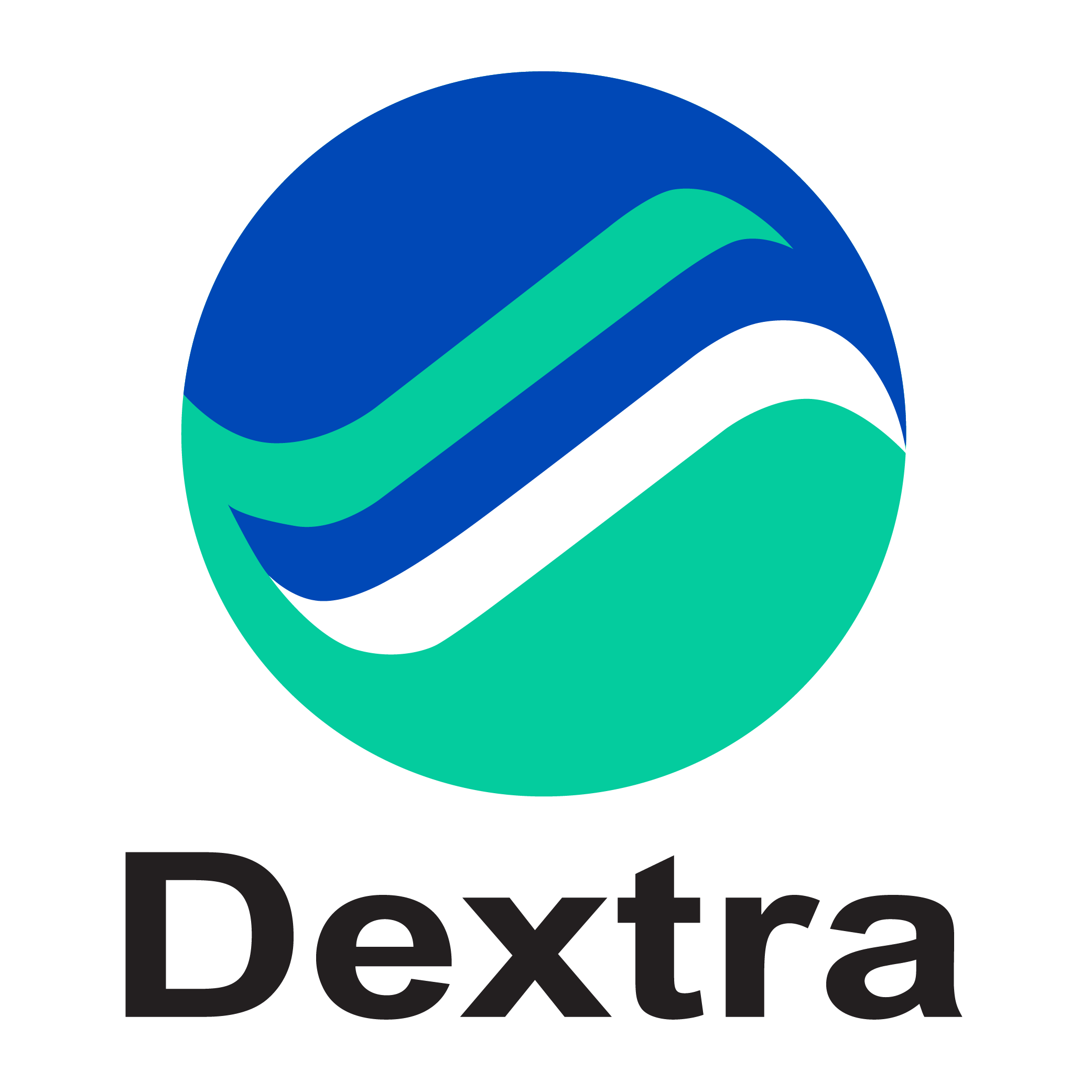Station de métro Msheireb de Doha
La station Msheireb est la principale station d'échange du métro de Doha. Situé au centre-ville de Doha, il relie les trois lignes (Rouge, Verte et Or) et constituera une porte d'entrée pour les stades de la Coupe du Monde de la FIFA 2022.
La station Msheireb deviendra l’une des plus grandes stations de métro au monde en termes de taille.
TYMPANS COMPOSITES POUR LES TUNNELIERS for TBMs
For this major project, Dextra engineered and supplied between 2013 and 2015 8 large ASTEC GFRP Soft-Eyes, of a diameter of 8 meters each. Soft Eyes are cages of GFRP rebar, positioned into the D-Walls in-between steel segments. GFRP Soft-Eyes allow Tunnel Boring Machines (TBMs) to go through in a minimum time as the bars can be easily crushed by the tunnel machine.
Ancrages d'arrimage
To anchor the massive d-walls and prevent any soil displacement during excavation works, Dextra also supplied its ASTEC Active Anchors (AAA). Those innovative post-tensioned GFRP-based anchors, have the benefits of being cut by the Tunnel Boring Machines or standard excavation equipment. Because it can be easily cut, it doesn’t need to be removed from the ground, even when used for temporary applications.
Dans le cas des stations Msheireb, des ancrages multi-tendons (10 par ancrage sur ce projet) ont même été installés au centre de Soft-Eye pour ancrer le D-Wall. Ces ancrages ont également été coupés lors du percement du tunnel (visible dans la vidéo ci-dessous). Au total, 150 ancres ont été installées dans la station.













